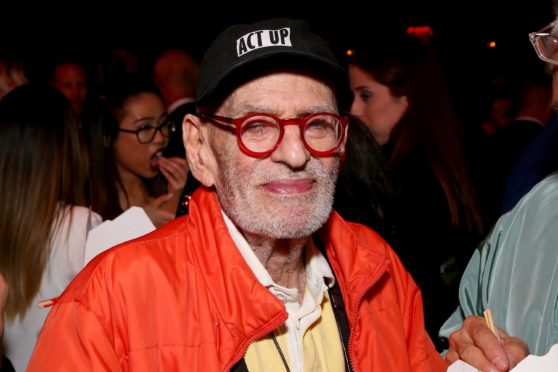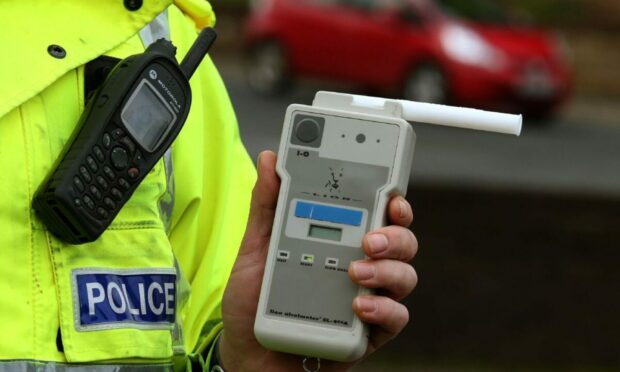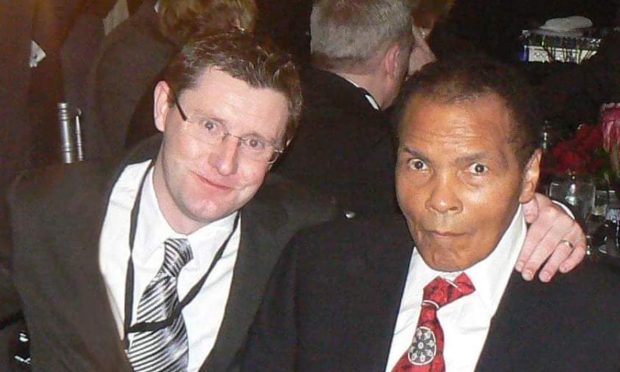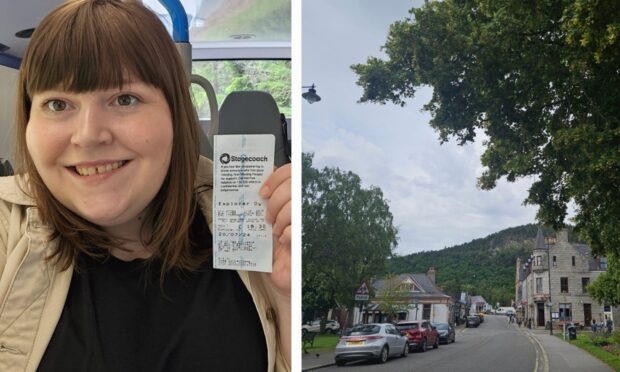The AIDS movement has lost “one of its earliest leading activists” with the death of Larry Kramer.
Larry Kramer, who died in New York this week aged 84, was one of the first to raise the alarm in the United States about the spread of the AIDS epidemic.
Throughout his life he actively rallied support to accelerate research into treatment and support for people living with HIV.
In 1982, enraged by seeing friends die from the disease, Mr Kramer co-founded Gay Men’s Health Crisis (GMHC) to call for more action from the scientific community and government.
Based in New York City, GMHC continues to fight to end the AIDS epidemic and uplift the lives of all affected.
Mr Kramer was also a celebrated playwright and novelist, and a leading gay rights activist.
Larry Kramer was a remarkable leader and activist whose actions helped to save the lives of millions of people living with HIV around the world.
UNAIDS shares its deep sadness and offers condolences to Larry's husband and all who knew and loved him. He will be sadly missed.
— UNAIDS (@UNAIDS) May 28, 2020
He won a series of awards for his screenplays and plays, including a Tony award for his autobiographical play, The Normal Heart, which tells the story of the AIDS crisis in New York City in the early 1980s.
Winnie Byanyima, executive director of UNAIDS, the Joint United Nations Programme on HIV and AIDS, said: “Larry Kramer was a remarkable leader and activist whose actions helped to save the lives of millions of people living with HIV around the world.
“He was a passionate and committed disrupter who made change happen.
“He wasn’t afraid to provoke and shock leaders and officials, which is what was needed, and often still is needed to bring the reality of what was happening on the ground to the centre of media attention and political action.”










